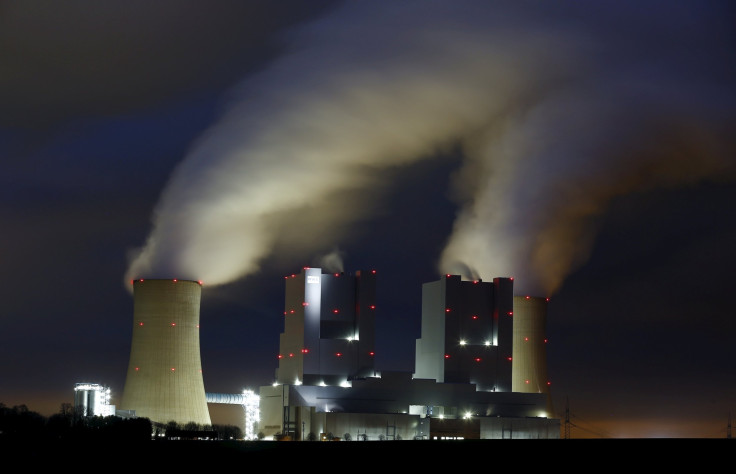Coal Jobs Statistics: Solar, Wind, Nuclear All Provide More Energy Than Coal In UK

Great Britain had a renewable energy first on Wednesday when its nuclear, wind and solar-generated power outperformed coal and gas combined. This had never happened before in Britain, the National Grid’s Twitter account announced.
Wind supplied more than 9 gigawatts at the time, nuclear more than eight and more than seven from solar. These all topped the energy provided by gas, which was roughly 7 gigawatts and coal, which provided no power at the time in the country, the Independent reported.
Read: Which Countries Aren't Part Of The Paris Agreement? US Among Few Others
Great Britain and Europe have been pushing for renewable energy as carbon dioxide levels in the atmosphere rise along with other greenhouse gas contaminants that cause global climate change. A trend the country is determined to curb in part due to climate goals set in the Paris Climate Agreement.
Installation rates for renewable energy technologies have soared in the last 10 years to help compensate for the lack of energy produced from coal burning plants, which ministers have said they will phase out by 2025. The ever-falling cost of installation and government subsidies for these technologies has helped increase installation rates as well.
Just about an hour after the first announcement that renewables were providing more energy than fossil fuels Wednesday, National Grid tweeted again about yet another record: Wind, solar, biomass and nuclear power sources were filling more than half the demand for electricity in the country, producing 18.7 GW at once.
That night there was so much wind power being produced that the generators actually had to pay the power companies to take the energy because it was outproducing the need, generating negative energy prices.
GB experiences negative prices in the day ahead market for the first time #wind #renewables #energytransition pic.twitter.com/YgGUKIEIVq
— Aurora Energy Research (@AuroraER_Oxford) June 7, 2017
Read: Air Pollution In US: Google Street View Cars Can Map Pollution Levels
While this landmark event is exciting for renewable energy fans, it’s a reminder of the inconsistency of some renewable energies. Solar energy can only be produced when the sun is up and shining and wind turbines need blowing winds, meaning wind and solar are highly dependent on weather patterns, although moving wind power offshore can help lower that uncertainty. Wind turbines offshore, especially in the windy Atlantic off the coast of the U.K. provide more energy than onshore wind and are more efficient because the wind speed and direction are more consistent. But they cost more to make and install than onshore turbines, and then the energy needs to be transferred from out at sea where it is generated to land, so they’re less popular — for now.
Coal and gas are more reliable than these two renewable sources, which makes them more attractive options and they can produce at all hours of the day, a fight solar is still waging with storage for overnight use. Gas burns more cleanly than coal, and the fracking boom that has taken place worldwide has made the natural resource more readily available. So coal has found itself on the chopping block in some countries looking to produce energy with cleaner, less expensive natural resources while waiting for renewables to become reliable enough to take on the full energy demand of the country.
© Copyright IBTimes 2024. All rights reserved.





















